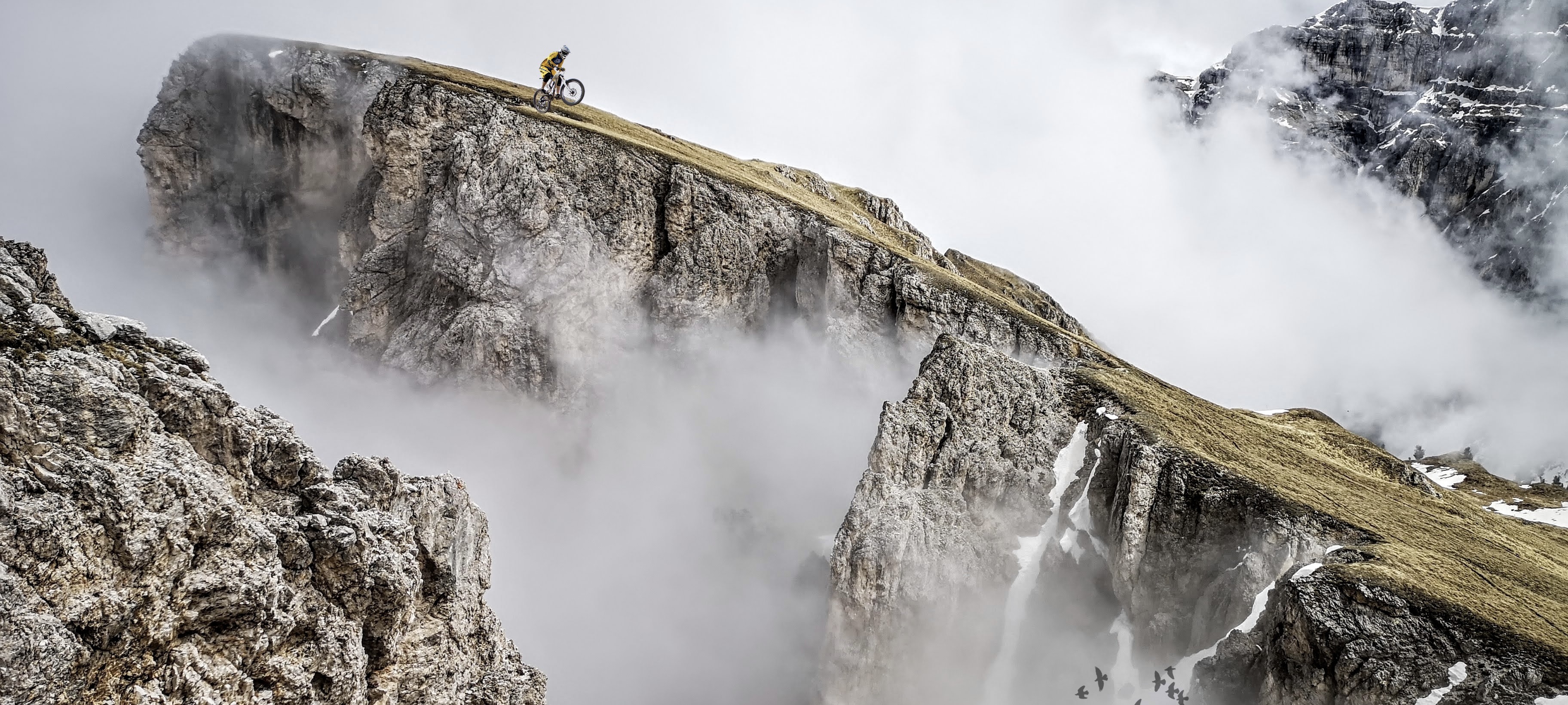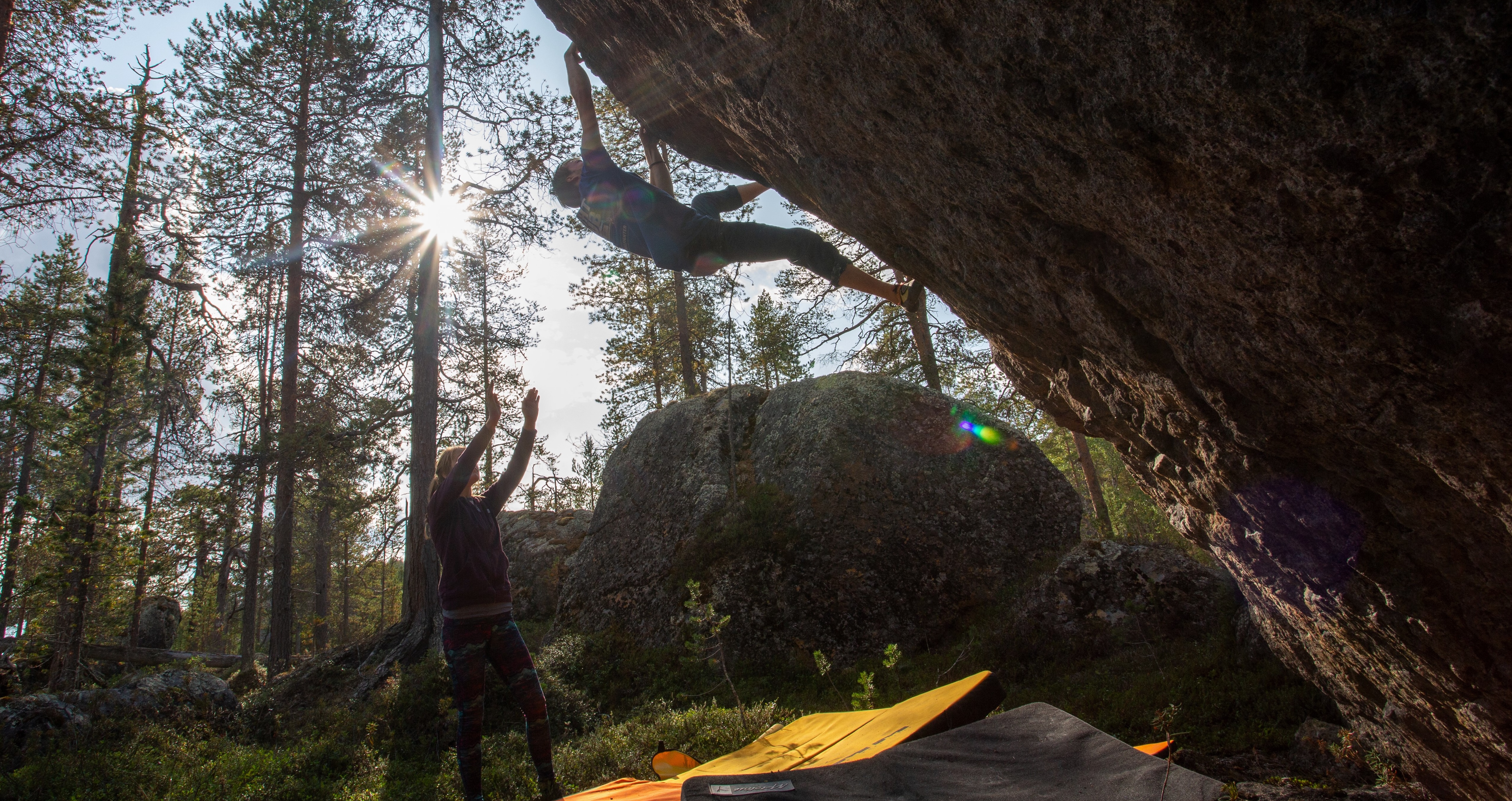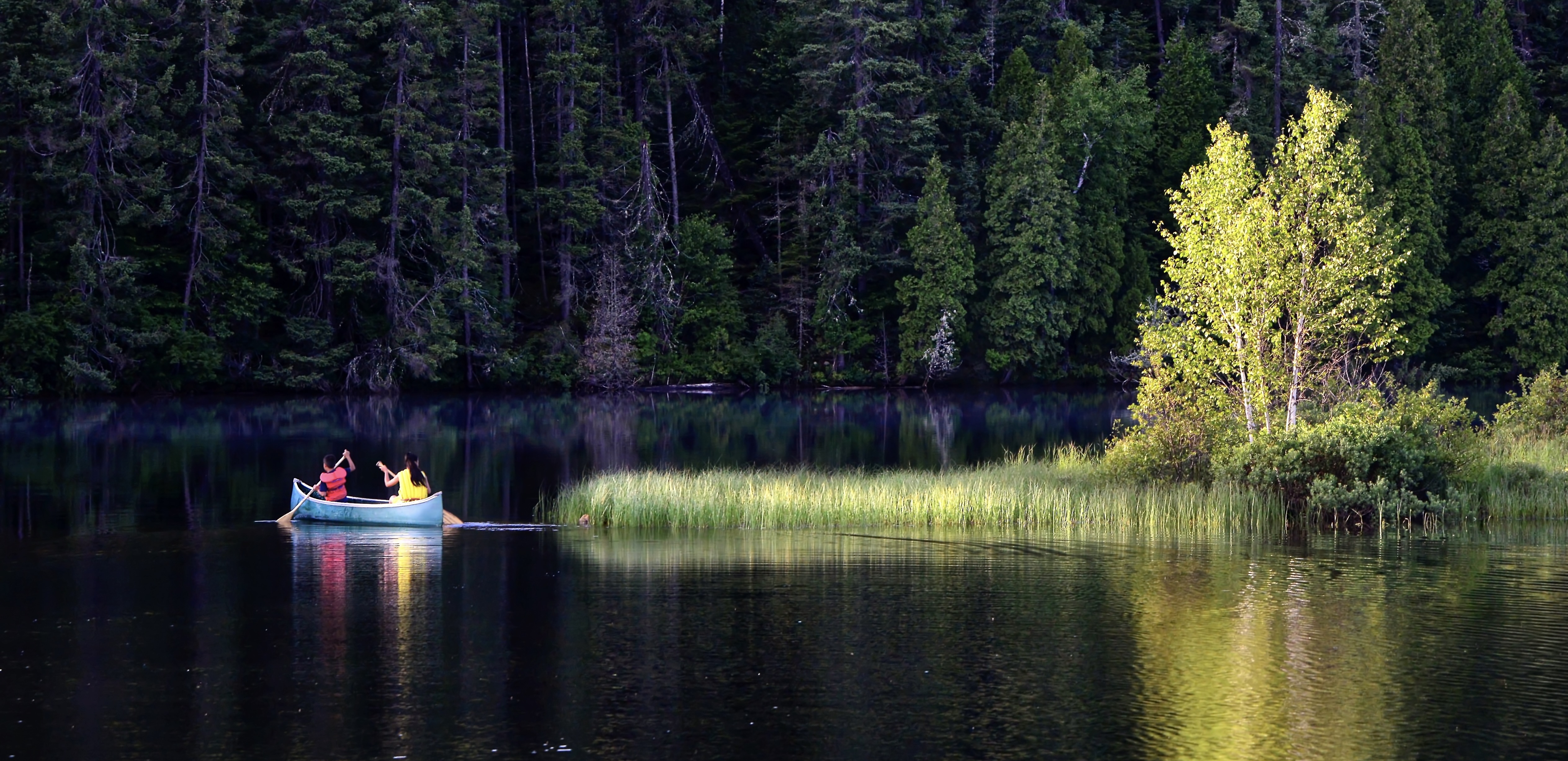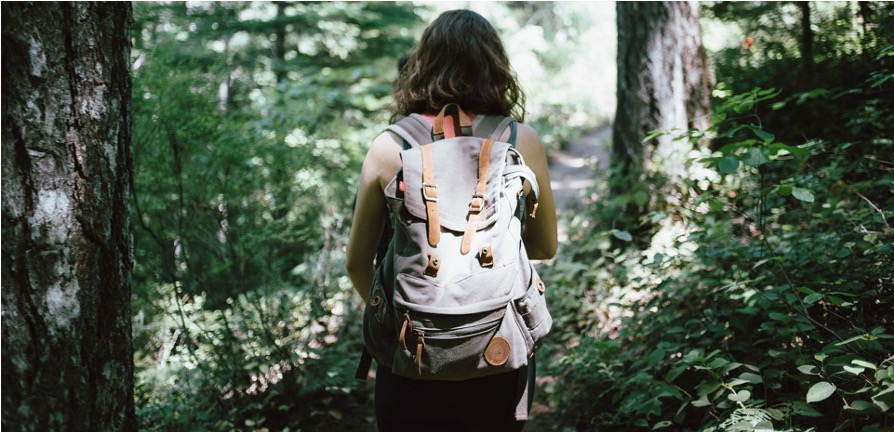Human-nature interactions

Rising social and ecological conflicts with increasing popularity of mountain biking?
- Spatiotemporal riding behaviour of (electrified) mountain bikingHide
-
Electrically assisted mountain biking is becoming increasingly popular and has the potential to increase the pressure on the natural systems in which it is practiced. Our study investigated the spatiotemporal riding behaviour and physiological demands of conventional and electrically assisted mountain biking. The results show that electric assistance leads to higher speed and tends to cover longer distances and more altitude metres, while the physiological demands are lower than for conventional mountain biking. On the one hand, these results indicate the potential for physiologically less fit groups of people to experience nature via eMTBing, while they also demonstrate the increased risk of rising visitor numbers in previously undisturbed ecosystems.
- MB-RAU - Mountainbike tire abrasion in the environmentHide
-
Tire abrasion is one of the main sources of microplastics in the environment. These potentially harmful particles are distributed globally through wind and water, infiltrating soils, organisms, and even entering cells. Previous studies have focused on car tires, while mountain bike tires have not been investigated yet. The particular challenge here is that the particles do not have to travel long distances to end up directly in natural environments. However, how significant is this source of microplastics? Through a study involving multiple riders and gravimetric measurements of tire wear and kilometers traveled, the tire abrasion per distance will be quantified. In addition, factors such as environmental influences, rider behavior, and anthropometric data, which can affect the amount of abrasion, will be analyzed using GPS-recorded routes. Subsequently, tire abrasion will be spatially modeled based on monitoring data from outdoor platforms.
- Ecological impacts of (electrically assisted) mountain bikingHide
-
The popularity of mountain biking is substantially amplified by electrically assisted mountain bikes, highlighting the need to understand ecological impacts. In an extensive literature review, we summarized scientific findings on the effect of mountain biking on soil, vegetation and wildlife. Although various direct and indirect effects are reported, our review revealed a substantial lack of research regarding differences betwenn eMTBing and MTBing in terms of riding behaviour, preferences, user group and ecological impacts. In addition, we highlight the need for long-term studies on the population and ecosystem level in order to understand consequences of mountain biking for ecosystem functioning and population dynamics.

How to move outdoor-climbing to sustainability?
- Decisive factors for sustainable outdoor climbingHide
-
Bouldering, a form of climbing above a foam mat at a height that still allows to jump off, is increasingly practiced as a recreational activity, also outdoors, and is becoming more popular as a sport. Higher bouldering activity in forests and on cliffs affects the natural and social environment of the crags. Impacts are particularly large when climbing areas are newly developed, and lack of knowledge about environmentally responsible practice and inappropriate behaviour is considered to exacerbate the negative impacts of the outdoor activity. Knowledge of and adherence to recommendations for sustainable bouldering practices are critical to achieving meaningful agreement between conservation and outdoor bouldering. However, reasonable management strategies are not always straightforward, and most importantly, they require the support of involved stakeholders.

- Effects of paddling activities on natureHide
-
Aquatic activities like kayaking or stand-up-paddling are very popular outdoor sports – but not without conflict. Other users of aquatic recreational spaces and conservationist fear paddling activities may disturb breeding birds or destroy fish spawn. In the framework of several studies, we are looking at the influence of paddling activity on the breeding success of common kingfisher and on the hatching rate of river trout.

- Information sources used by nature visitorsHide
-
Effective visitor management reaches the target group through channels they are already utilizing. To determine which information sources are used by various nature visitor groups, we surveyed visitors of the Naturpark Fränkische Schweiz and Naturpark Fichtelgebirge regarding their information sources for tour planning and during their activities. A significant portion of visitors relies on digital sources, with 86% using them for planning and 73% during the tour itself. However, guiding visitors through digital sources presents a challenge, as visitors typically utilize nearly four different sources for planning. In a follow-up study, the Natuinale Naturlandschaften (NNL), der Verband Deutscher Naturparke (VDN), and 18 protected areas conducted a two-month-long survey of visitors' information sources.
- Communication of Protected AreasHide
-
In collaboration with Outdooractive, users of outdoor plattforms were surveyed to determine their preferences for presenting protected areas. Are nature visitors receptive to communication of protected area rules with corresponding adjustments in routing, or do they hold opposing views?
- If it's not on Strava, it didn't happen - Spatiotemporal modelling of visitor numbers via user data from the outdoor platform StravaHide
-
The outdoor platform Strava is used worldwide to share activities recorded with GPS devices among various sports enthusiasts. These activities are also recorded in natural parks and national parks, resulting in a large amount of data on the movement patterns of athletes. In comparison to traditional monitoring methods, these data offer the advantage of high spatial and temporal resolution, as well as coverage over long periods and global scale. The only disadvantage compared to other methods is that only users of the platform are recorded. By comparing the proportion of Strava users to the total number of visitors in natural areas using conventional point-based monitoring methods, the aim is to determine the contribution of Strava users. Subsequently, the number of visitors at locations where conventional methods have not been used will be modeled using Strava data and the calculated factor.
- Automated spatio-temporal detection of wildlife and visitor activityHide
-
As a non-invasive method, camera trapping is a common tool in wildlife monitoring to generate spatio-temporal data on species dynamics. Generally, this approach generates a huge amount of images and manual classification is time and cost intensive. In this research project, a computer vision algorithm will be used to classify the images.
In cooperation with the The Bavarian State Institute of Forestry and the LMU Munich, this novel approach will be applied to address two current challenges in forestry practice: Wildlife monitoring and evidence-based visitor management. The potential of long-term datasets of wildlife activity and its spatio-temporal interactions with humans and vegetation in temperate forest ecosystems will be demontrated. The study area is the Veldensteiner Forest. Species of interest are ungulates (roe deer, red deer, wild boar), carnivores (e.g. wolf, red fox, wildcat, badger) and neozoa (e.g. racoon).

- Determining the Factors Influencing the Route Selection of Runners in Urban and Rural Areas Based on User-Based DataHide
-
Using Strava movement data and geoinformation on natural, anthropological, and virtual landscape features, this research aims to analyze the factors that attract athletes in rural and urban areas. These analyses will provide scientific evidence for the selection of recreational areas, which will help in urban and landscape planning to create attractive recreational spaces.
